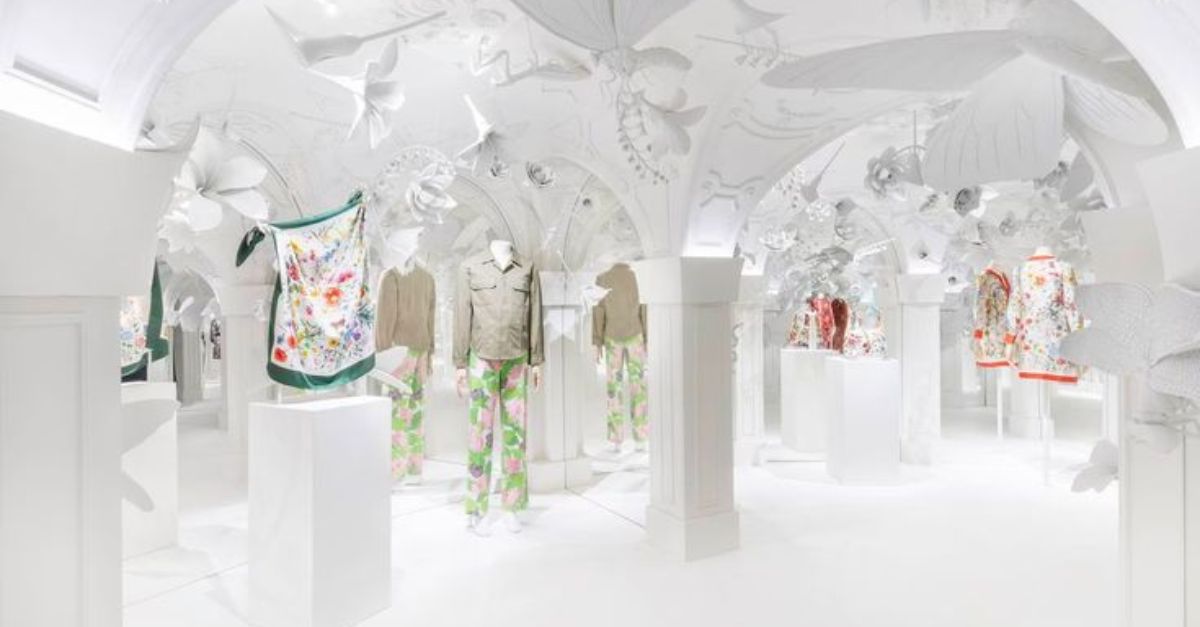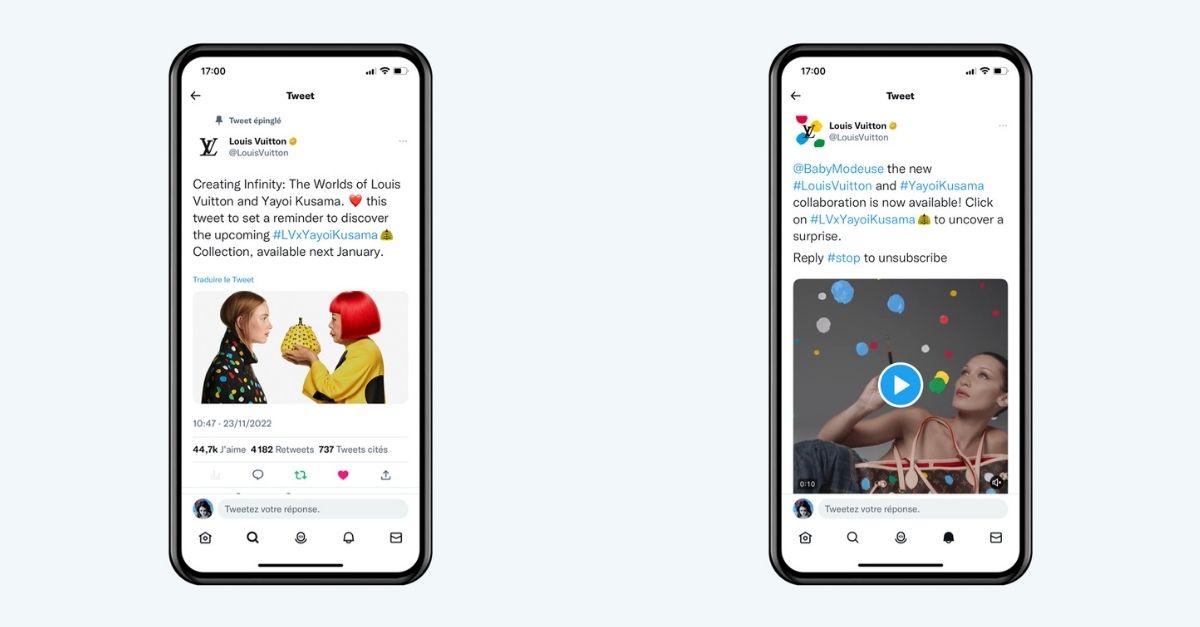From maintaining their brand cachet of exclusivity, to tackling segment-wide
economic uncertainty, the luxury sector is one of the most challenging industries
to market within at the best of times – and over the last year, brands have faced
some historic shifts. They have needed to grapple with an evolving digital
landscape, as well as working to stay ahead of fluctuating consumer trends and
behaviours. And amid all of this, the demographic of their consumer has begun to
change as the routes into the luxury lifestyle have shifted.
Luxury brands are now increasingly visible and accessible across online channels,
and this has led to the emergence of a younger, more diverse consumer.
According to Bain & Company, these younger generations, particularly Gen Z, will
grow to become the predominant consumers of luxury goods by 2030. This
presents a significant opportunity for brands to build strong affinities with the new
generation of luxury consumers – articulating and earning that aforementioned
exclusivity – as their disposable income grows over the next five years.
But what will determine success when it comes to reaching out and captivating
that new demographic? The answer could lie in how well those luxury brands
adopt technology and how effectively they can incorporate data-driven insights
into their ways of working. These, I believe, will be the levers that luxury brands
need to pull to create engaging campaigns (and which inform the design and
development of the products behind those campaigns) which resonate and align
with the values of younger luxury buyers.
Understanding younger luxury consumers
So what does resonance and alignment actually look like? In contrast to older
generations, Gen Z are digital natives, and they are growing up in a radically
different world. Driven by technology and social media, they’re navigating a
multitude of priorities and influences shaped by the diverse range of digital
content – all of which informs their path to purchasing, directly or indirectly.
Outside of social, influencer, and crowd sources, those factors could include a
brand’s positioning on sustainability, diversity and inclusion, empowerment and
community. A survey carried out by McKinsey found that 70% of Gen Z
respondents are willing to pay a premium for products that embrace the causes
they align with. So, when it comes to luxury products, young people are not just
looking for prestige. They want to see that brands have a genuine commitment to
their values.
For luxury brands, this means aligning their message and product offering with
Gen Z values, while maintaining the exclusivity and differentiation that has
traditionally defined the market.

If luxury brands want to effectively engage with this generation, data and
technology can help make campaigns more personalised, transparent and
relevant to them.
Here’s how.
Justifying luxury value with transparency
Transparency is a growing demand among young consumers. With heightened
awareness around issues like sustainability, ethical sourcing and inclusivity, today’s
consumers want to know more about the products they buy and brands they
support. Vogue Business reported that 70% of Gen Z only trust a brand after
carrying out their own research. This desire for information emphasises Gen Z’s
values of awareness and honesty.
Crucially, Gen Z seeks out brands that are open about their supply chain,
environmental impact, and ethical practices. Luxury brands should be striving to
achieve this, especially as they need to justify to Gen Z why their products are worth
the premium prices.
Data can be used to enhance transparency by providing consumers with detailed
information about the provenance and production processes. This might include
using blockchain technology to understand a product’s journey, from raw
materials right through to final sale.
Perhaps the best example of this in practice comes from luxury giants LVMH, Prada
and Cartier, which partnered on the development of the Aura Blockchain Consortium, the world’s first global luxury blockchain. The platform is designed to improve the customer experience and foster transparency and trust in the luxury industry. Additionally, over the last couple of years, LVMH have partnered with other initiatives to accelerate sustainability practices in the sector.
These types of partnerships, which utilise technology, ensure that brands align
with the values of Gen Z.
Translating brand heritage to Gen Z language
Brand heritage is intrinsic to luxury houses. Luxury brands have always relied on
heritage and legacy to convey value, and most importantly, prestige.
However, heritage brands now need new consumers. As Francois Pinault, the
founder of luxury goods company Kering, says: “Gen Z care little about the brand
heritage, it’s about brand interaction”. Brands will need to be able to translate their
heritage into content that sparks the interest of Gen Z.
To do this, luxury brands must have an appetite for technological innovation. Take
Gucci. The brand launched Gucci Vintage, a digital platform for the luxury fashion
house’s archival pieces, which have been restored by its artisans in Web3. Users
have access to exclusive vintage pieces alongside creations from promising
designers.

By doing this, Gucci not only retains its heritage for older generations, but keeps it
alive in a language that interests Gen Z. By placing these designs on a digital
platform that will engage Gen Z consumers, Gucci is encouraging them to interact
with the brand in new ways.
Creating tailor-made content with technology and data
Luxury brands are well known for their efforts to create personalised products and
experiences for their consumers. And over the last few years, access to consumer
insights and better technology has allowed many brands to boost personalisation,
not just in-store, but online too.
The clear benefit of using data and technology for luxury brands is that they have
been able to scale up their digital operations and extend their remit beyond what
they have traditionally been doing to create personalised experiences.
A brand that embraced this approach with success was Louis Vuitton. To celebrate
its reunion with artist Yayoi Kusama, the brand launched the LVxYayoiKusama
collection on X through a personalised campaign. By leveraging X’s creative tool,
the brand engaged the audience and enhanced the collection’s visibility, offering
fans an interactive brand experience. Adding a personal touch, fans who liked the
posts received individual notifications and branded timeline takeovers to keep
them informed and connected to the launch.

With over 90M impressions, Louis Vuitton leveraged tailored customer experiences
to create a memorable campaign to reach wide audiences.
A future built on innovation
The luxury segment is at a pivotal moment, with the next generation of consumers
poised to drive significant change in how brands operate and communicate with
their consumers.
To effectively prepare for the next generation of consumers, luxury brands need to
be brave and embrace technology. Not only in product marketing but also through
communications to create transparent and personalised campaigns. This will be
critical for brands to prove their extra value and create luxury experiences to meet
the demands of Gen Z.
